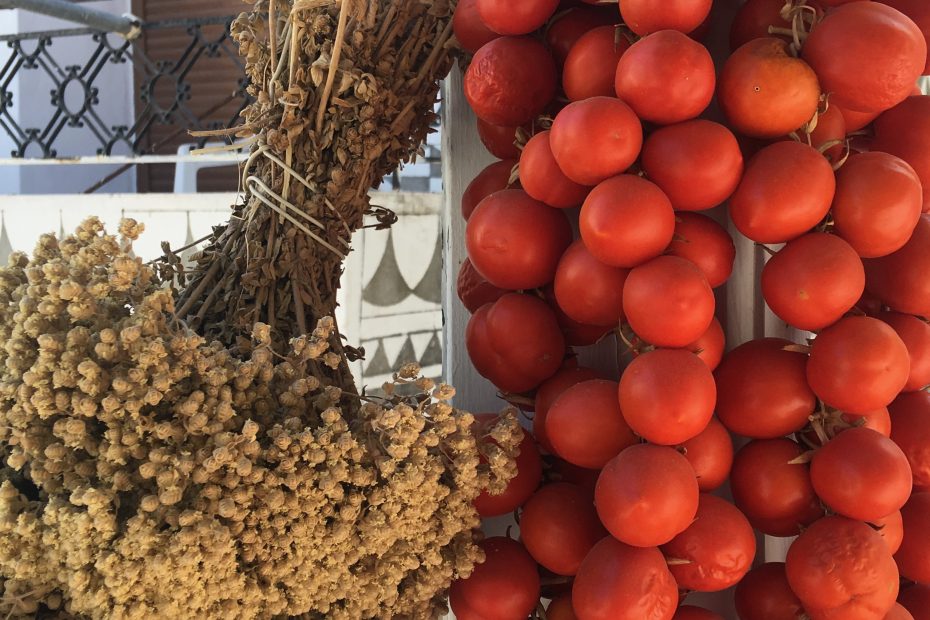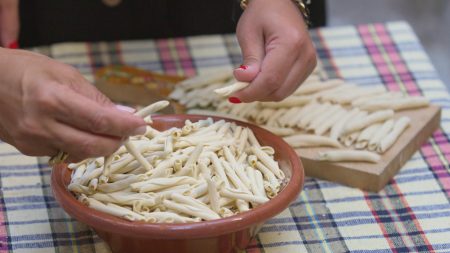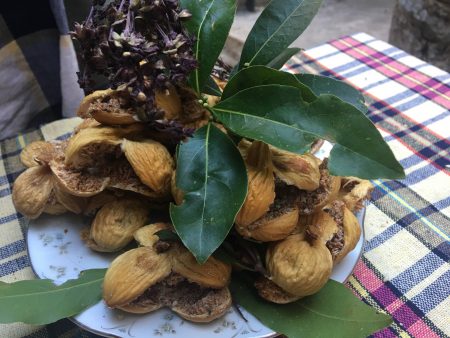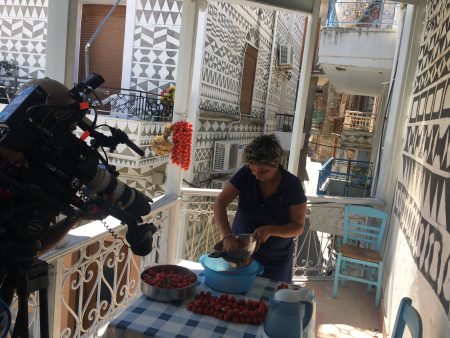 Chios, an island of 30,000 inhabitants in the Northeastern Aegean, is one of the most storied places in Greece, yet ironically one of its least touristed. A journey there reveals layers of history, glories past and present, and a food and drinks tradition unrivaled almost anywhere else in Greece.
Chios, an island of 30,000 inhabitants in the Northeastern Aegean, is one of the most storied places in Greece, yet ironically one of its least touristed. A journey there reveals layers of history, glories past and present, and a food and drinks tradition unrivaled almost anywhere else in Greece.
Black-sand beaches, architectural masterpieces, perfectly preserved Mdeieval fortress towns, trees that cry, and nautical prowess…these are some of the things that have made Chios a place of beguiling interest. Add to that the theory that the world’s most famous sailor was born here – no, not Odysseus but Christopher Columbus – and Chios takes on a dimension far beyond its geographical perch.

We may never know or be able to prove whether Columbus was indeed a Chian, but one thing is for sure: The Genoese stamp on local cuisine is palpable to this day.
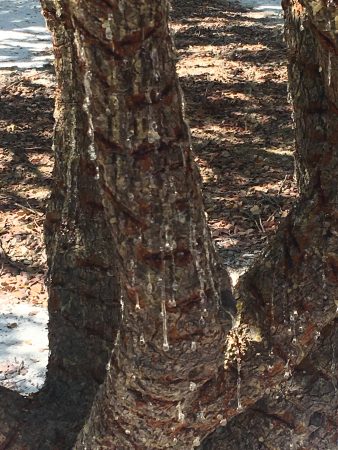
Chios is famous for a unique variety of thick-skinned, intensely flavored tomatoes, likely a legacy of its Genoese past, which are strung to dry in the sun and make for a stunning contrast against the grey-and-white painted facades of traditional buildings in Columbus’s “home town (!), Pirgi. Pasta is another local treat, especially a hand-rolled variety called “hirissia” and the town of Pitious is most famous for it.
Chios is renowned for its wealth of preserves, both savory and sweet. The island’s spoon sweets – fruits preserved in sugar syrup – are legendary. Arguably the most revered of all is its rose petal preserves or jam, a delicately floral treat that pairs magnificently with Greek yogurt. Rosewater as well s orange blossom water are two more traditional products, hinting at a formidable production in all things distilled, and, indeed, the likes of mastiha liqueur, but also bitter almond liqueur, fruit liqueurs and souma, a unique fig distillate, are among its many fiery, potable…palliatives.
Local fruit varieties, especially the famed Chian mandarinia (tangerines), wonderful cheeses, and much more make up the table of Chios. But perhaps most delicious of all are the finishing touches, the island’s sweets and desserts. From loukoumia (Turkish delights) to the distinctly Italian sounding rafiolia (pumpking-filled sweet phyllo pastries), to myriad cookies, marzipan bites, nut-filled baklava-like confections and more, Chios’s pastry traditions are virtually unrivaled among Aegean islands.
So many New World additions insinuated themselves into the traditional cooking of Chios, thanks in many ways to its ties to Genoa and Genoese trade. But I can’t help but wonder, and imagine, the famed navigator anxiously chewing on a little mastiha, as he made landfall in the Bahamas.
